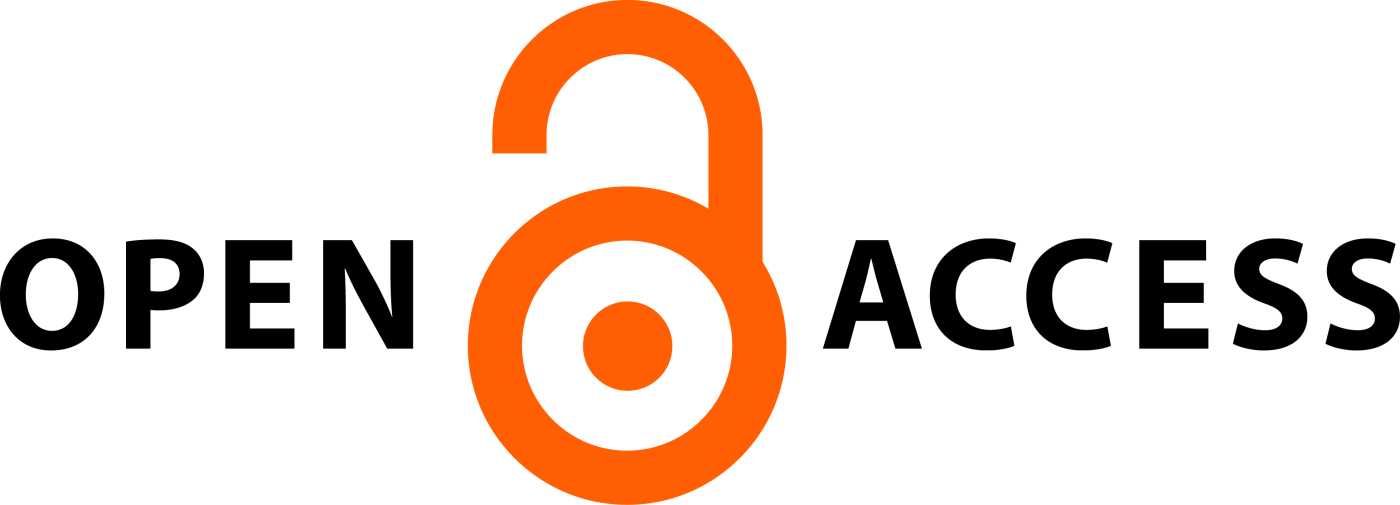AN INSIGHT INTO THE ORTHOPAEDIC IMPLANT MATERIALS: A COMPREHENSIVE STUDY
Abstract
Bones are involved in many physiological processes like the formation of blood and also act as calcium reserves. Out of 206 bones in the human body, many major bones get fractured easily due to low bone density, physical injury, or any other reasons. Normally bones get healed on their own by natural processes but sometimes fracture is so complex it does not allow normal healing or formation of bones. Sometimes such complex fractures, if left untreated can result in the loss of bone’s normal functioning. So there arises a need for implants. An orthopedic implant is a medical device manufactured to replace a missing joint or bone or to support a damaged bone maintaining bone stability until fusion or fracture healing has occurred. The market is full of a plethora of such implants manufactured for bone fractures in different body parts and made of different materials like ceramics, metals, alloys, composites, etc. The present study is an exhaustive review of such implant materials and their advantages over one another. An exhaustive review of literature has been done in this study involving the content of scientific databases like PubMed, Google Scholar, Science Direct, Scopus, etc.
Downloads
All the articles published in JAPSR are distributed under a creative commons license (CC BY-NC-SA 4.0)
Under this license, you are free to:
- Share- copy and redistribute the material in any medium or format for any purpose, even commercially.
- Adapt- remix, transform, and build upon the material for any purpose, even commercially.
The licensor cannot revoke these freedoms as long as you follow the license terms.
- Attribution — You must give appropriate credit , provide a link to the license, and indicate if changes were made . You may do so in any reasonable manner, but not in any way that suggests the licensor endorses you or your use.
- NonCommercial — You may not use the material for commercial purposes .
- ShareAlike — If you remix, transform, or build upon the material, you must distribute your contributions under the same license as the original.
- No additional restrictions — You may not apply legal terms or technological measures that legally restrict others from doing anything the license permits.
Copyright policy
The journal allows the author(s) to hold the copyright of their work. That means the authors do not need to transfer the copyright of their work to the journal. However, the authors grant JAPSR a license to publish the article and identify itself as the original publisher.
Licensing policy
The journal allows the author(s) to hold the copyright of their work. That means the authors do not need to transfer the copyright of their work to the journal. However, the authors grant JAPSR a license to publish the article and identify itself as the original publisher.






